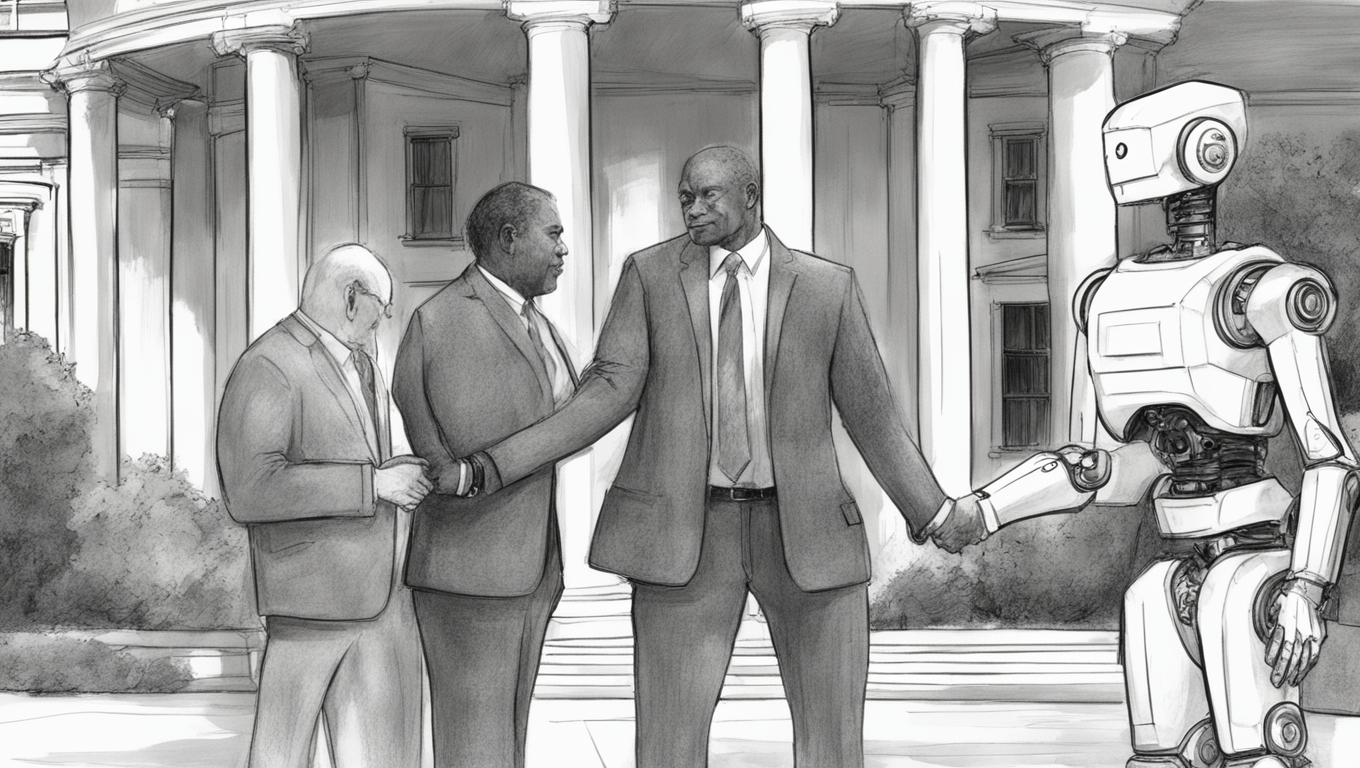In a move to ensure the responsible use and proper oversight of artificial intelligence (AI) in the workplace, the White House has released new guidelines. These guidelines were prompted by President Joe Biden’s executive order last October, which aimed to restrict the potentially harmful impacts of AI on jobs and individual rights.
One key guideline emphasizes the importance of including workers, particularly those in underserved communities, in the decision-making process surrounding the design, development, and use of AI systems in the workplace. This ensures that employees have an informed voice and can provide input on how AI is implemented in their working environment.
Another crucial recommendation is the mandate for human oversight over the governance of AI in the workplace. This ensures that AI systems are not given unchecked power and that any decisions made by AI are subject to human scrutiny. Transparency is also emphasized, with the White House calling for clear communication about how AI is being used and for what purposes.
The White House’s directions also stress the need to protect worker rights in the face of AI implementation. This means that AI should be used to support and enable employees rather than replace them. Additionally, it calls for responsible use of data collected through AI, highlighting the importance of data privacy and security.
The Biden administration has already garnered support from major tech companies such as Microsoft and Indeed, who have committed to adopting the principles laid out in the White House guidelines. The administration encourages AI developers and employers to consider these principles throughout the entire lifecycle of AI, from design to deployment and auditing.
“These principles should be considered during the whole lifecycle of AI – from design to development, testing, training, deployment and use, oversight, and auditing,” the White House stated. “The principles are not intended to be an exhaustive list but instead a guiding framework for businesses. AI developers and employers should review and customize the best practices based on their own context and with input from workers.”
The Biden administration has been making significant efforts to protect safety and worker’s rights in relation to AI. This includes collaborative work between the Department of Homeland Security, Department of Energy, and the Office of Science and Technology Policy to develop a federal government framework that limits the misuse of AI.
As the integration of AI into workplaces becomes more prevalent, it is essential to have guidelines and oversight in place to ensure its responsible use. The White House’s new guidelines aim to strike a balance between the benefits of AI and protecting workers' rights, while also promoting transparency and accountability. By involving workers in the decision-making process and emphasizing human oversight, these guidelines lay the foundation for a more ethically and sustainably integrated AI workforce.





Use the share button below if you liked it.